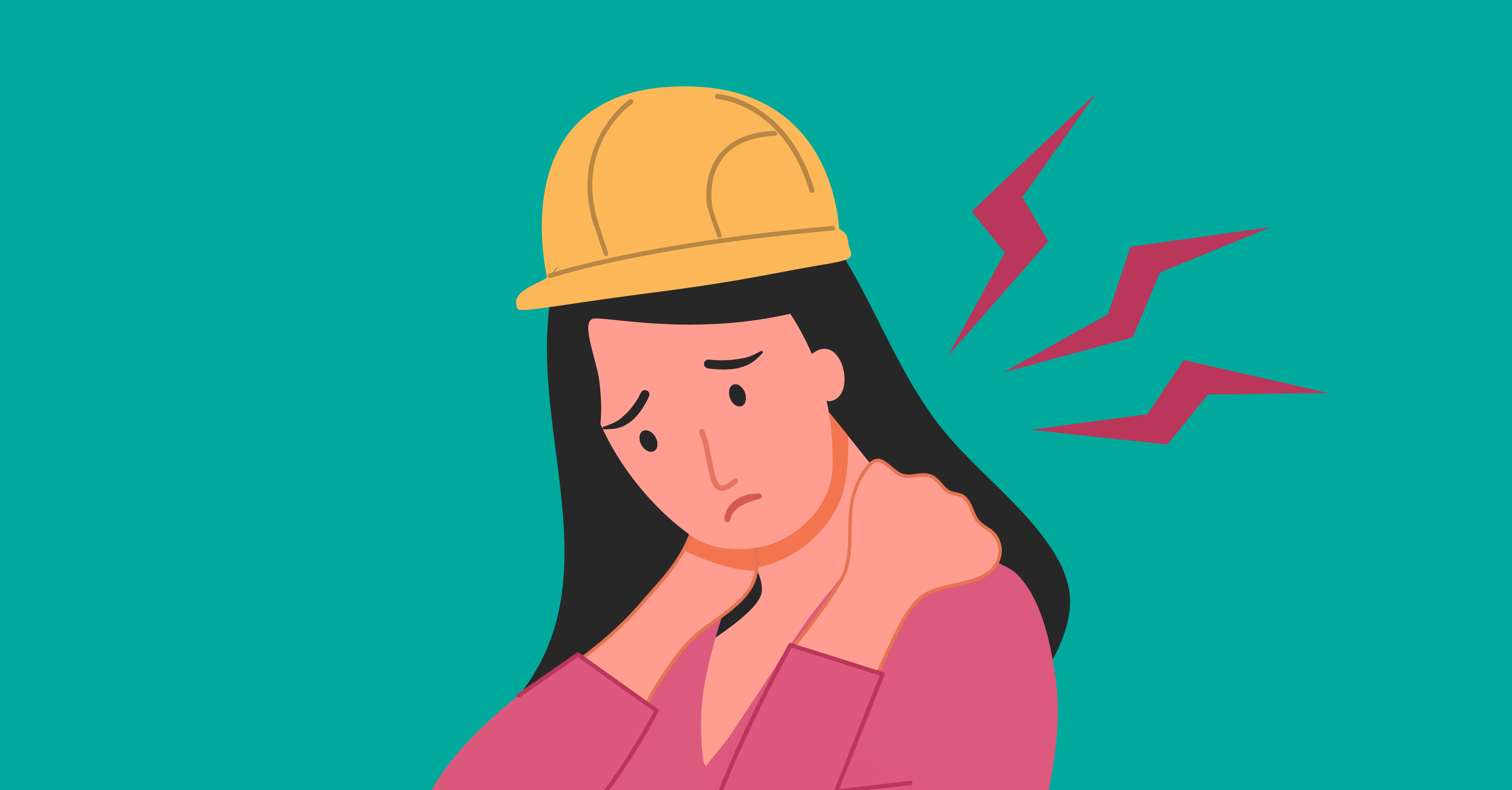The Culture of Denial, Workplace Injuries and Lessons Learned
March 25, 2013

Try to imagine this workplace injury scenario: A construction worker is seriously hurt on the job. It’s a very minor injury. Years later, under similar circumstances, a worker is killed from a similar incident. Why didn’t the company learn from the first incident?
Recent research in the International Journal of Human Factors and Ergonomics suggests three barriers to learning from previous workplace injuries and how companies can overcome them. In Workplace accidents as a source of knowledge: opportunities and obstacles, author Hernani Neto of the University of Porto, Portugal, suggests workplace injuries and other safety incidents must be understood as a source of knowledge.
However, here is another point that companies need to understand: Safety incidents don’t automatically become an effective source of knowledge. Companies have to work at it. Just because a company suffered a close call or an incident with an employee suffering only minor injuries doesn’t mean that it will automatically learn from the incident and prevent similar ones from occurring in the future.
Specifically, companies have to work to break down barriers to the spread of information obtained from the investigation of safety incidents. What creates these barriers? There are many contributing factors.
Averting a ‘Culture of Denial’
In a survey of employees at one company that took part in the study, 71% said they avoided reporting smaller safety incidents that didn’t cause an injury or impede work.
Why didn’t the workers report these smaller incidents which could be leading indicators to larger ones? Some workers may have felt guilty or wanted to avoid any punishment. But there’s a bigger reason than that: Workers were part of a ‘culture of denial’. In other words, they assumed a more serious incident would not happen in their work environment. Dodging a bullet, in and of itself, seems to psychologically encourage workers to adopt the thinking that ‘it would never happen here!’
And the culture of denial isn’t limited to workplaces that are more prone to incidents and injuries. One reason workers might be in denial is because their workplace has a lower than average rate of injuries.
Another barrier that appears: Companies don’t have a system to spread the information gained from an investigation. In other words, an analysis is completed, but the results don’t get spread to employees. Or, in some cases, the results are shared only with the employees who were most closely affected by the incident, while the learning could be beneficial to a larger range or all workers.
Finally, in some cases, incidents are reported, investigations are done and results are communicated, but the key follow-through action – implementing training to avoid a similar incident in the future – isn’t developed and provided, and the learning isn’t reinforced on a regular basis.
Overcoming Barriers to Learning
So what are some of these barriers? How can companies break down these barriers to learning by investigating safety incidents?
The study recommends that companies develop systems to make sure learning from an incident isn’t optional. One example is a system developed by Celeste Jacinto of Portugal, known as RIAAT in Portuguese, translated as “the recording, investigation and analysis of accidents at work.”
Jacinto explains that the use of a consistent form to report the basic facts and circumstances involving an incident or dangerous conditions is integral. The form might include some of the following key data:
- People involved.
- Description of what happened or what the hazard was.
- Root causes that contributed to the incident, and witnesses.
The form is accompanied by a user’s manual with specific instructions on how to fill out the form. The follow up investigation and analysis should evaluate four key factors:
- Human: an analysis of human failures and individual factors.
- Workplace: Examples are insufficient lighting, slippery floor
- Management: Examples are management of contractors, maintenance management, training policy and safety policy.
- Regulatory: What safety regulations were violated?
‘This Sounds Like a Lot of Work!’
Of course, when an investigation and analysis are completed, a plan of action (corrective and preventive actions or CAPA) needs to be developed. This is really the operative part of the whole exercise because, executed effectively, it will ultimately prevent similar incidents in the future.
Finally, it must be determined exactly how the plan of action is going to be implemented. Who are the targeted people who need to learn from the investigation of the incident? Forms are provided for all steps of the process to serve as checklists and ensure all steps have been completed.
Some reactions to system like this for incident investigation/learning processes might be, ‘this sounds like an awful amount of work.’
But this gets back to one of the main findings of this study: Learning from a workplace safety incident won’t happen automatically. It will be part of a new corporate culture that companies have to promote and take the necessary steps to ensure employees get the full benefit of any learning from previous incidents to ensure a similar – possibly worse – incident won’t happen again. This will enable your company to ultimately mitigate the risks and hazards at your workplace, to create a safe environment for you and your employees, and ultimately to save sometimes staggering safety-related costs.







